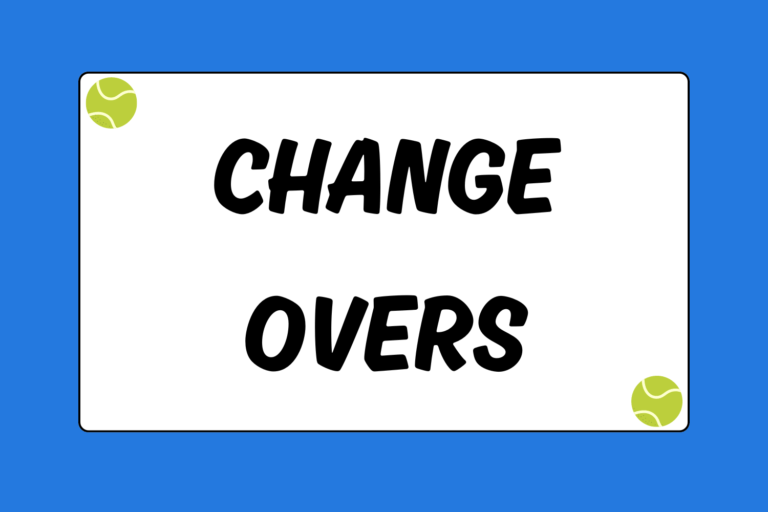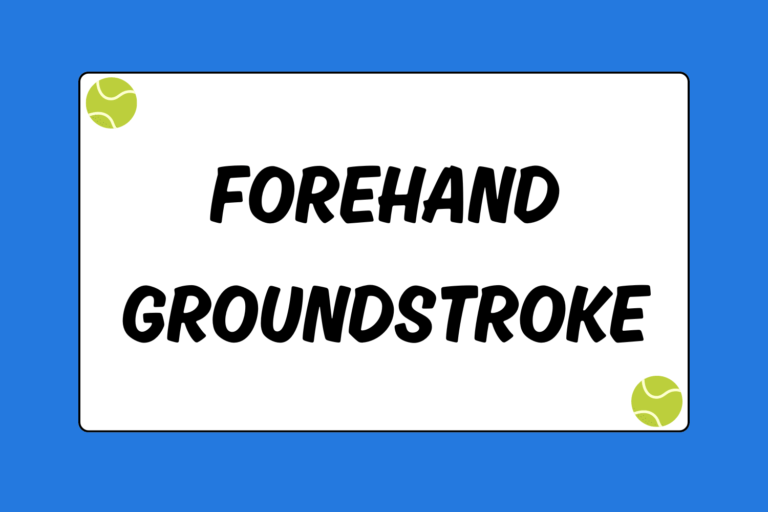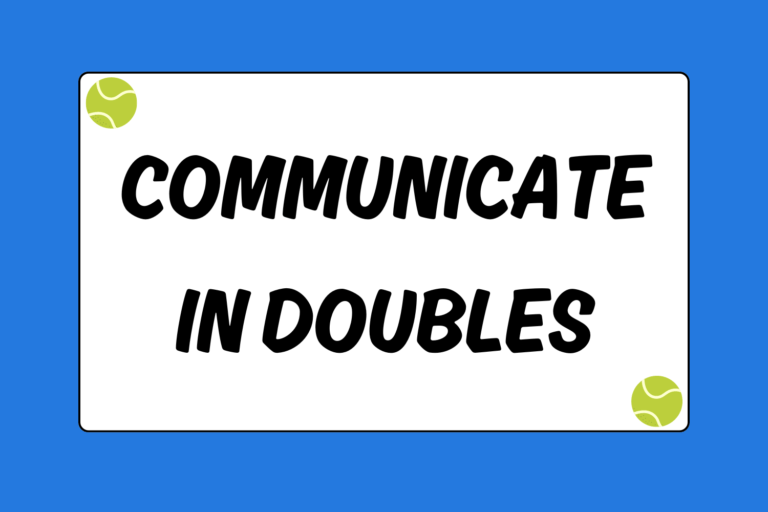Many novice tennis players overlook the importance of the ball toss. They’ll commonly disregard where they toss the ball, and swing fiercely hoping their serve blows past their opponent. However, the tiniest variation in the placement of your toss can determine whether your serve ends up in the net for a fault or against the back fence for an ace.
Although the ball toss is the simplest aspect of serving, it weighs heavily on the outcome of the serve and, most likely, the point. Simply tossing the ball a few feet in the air seems straightforward, but many players struggle to find a reliable toss. This guide provides comprehensive analysis on how to fine-tune your ball toss.
Recognize the Toss as a Step
Erratic ball tosses are one of the most prevalent issues for beginning and youth tennis players, and it often goes unnoticed. Beginners want to learn how to serve, and assume that hacking away with their racquets improves their technique. Stroke technique is a major aspect of serving, but the mechanics break down quickly without a proper ball toss.
Keep in mind that your ball toss is just as important as any other phase of your serve. Consistent serves start with a consistent ball toss, so don’t let the ball leave your hand without a plan of attack. Approach the ball toss with a competitive mindset, and focus on placing the ball in an ideal location.
Establish a Rhythm
Many beginners rush to the baseline and wildly toss the ball in the air without a sense of tempo. Remember, mastering your serve requires repetition. Finding a routine is absolutely critical in becoming comfortable with your approach and establishing a rhythm. For example, you might bounce the ball three times, take one look over the net, and then begin your serve. Whatever you do, develop a routine and stick to it. Your toss should be a very fluid motion, so establish a pace that helps you place the ball exactly where you want it.
Make a Target
Before you toss the ball in the air, hold your racquet directly above your head with your arm fully extended towards the sky. Your contact point should be at this exact height, so you don’t need to toss the ball any higher than that. The higher the ball soars, the harder it is to time your swing. Your mechanics fall apart if your timing is off, so keep the ball close to your contact point.
Different Serves
Each type of serve requires a different ball toss. You need to vary where you toss the ball depending on what kind of serve you use.
- Flat serve: Keep the ball in front of your body and to your right side (for righties). You’re swinging down on the ball, so make sure the ball is not tossed too far in front.
- Topspin serve: Toss the ball directly above or slightly behind your head, and slightly to the left (for righties). This toss can maximize the amount of spin you put on the ball.
- Slice serve: Toss the ball over your head and slightly to your right side (for righties). You want to keep the toss to the outside because you’re swinging across the ball, which causes the serve to slice from right to left.
Hot Tip: Serve & Volley
Keep the ball farther in front of your body when you plan on serve-and-volleying. By keeping the ball in front of your body, the momentum from your swing will carry you towards the net. Focus on the serve before you rush the net. After you make contact, get your racquet into the ready position and square your body towards the net.
The Toss
Here’s a breakdown of the tossing motion, step-by-step:
- As you begin the forward motion of your toss, keep your palm facing upwards.
- You want your tossing hand to release the ball relatively late; this will give you better control and accuracy. A long toss is more likely to sail in the wrong direction.
- Your arm starts out somewhat bent through the beginning stages of your toss, but naturally straightens out as you start to release the ball.
- Try to roll the ball off of your fingertips as it leaves your hand rather than tossing it straight out of your palm.
- Start to bring your racquet back with your dominant hand as you begin your toss. Your knees should bend and your racquet should wind-up as you go through the tossing motion. Even with practice tosses, use your full wind-up. It’s easier to perfect your toss when your body moves in unison.
After you toss the ball, your arm will continue moving upwards until it’s fully extended — you don’t just stop it after you release the ball. This is, you can say, a follow-through for your toss. Many beginners have a tendency to drop their arm too quickly and as a result, their tosses become very unpredictable. Similar to following through on groundstrokes, you need to follow through on your toss as well.
Toss Away
Like most aspects of tennis, constantly practicing your ball toss is the only way to improve your serve. Serving is one of the most important facets of the game, and your toss is the foundation your serve is built around. Now that you have ample information and guidance on how to toss the ball, head to the courts and test your knowledge!





